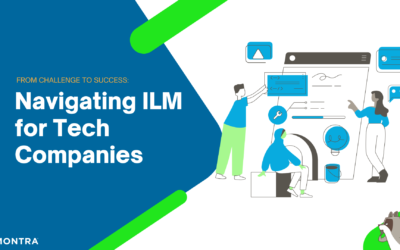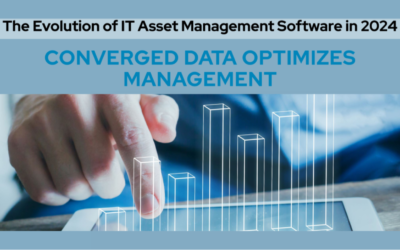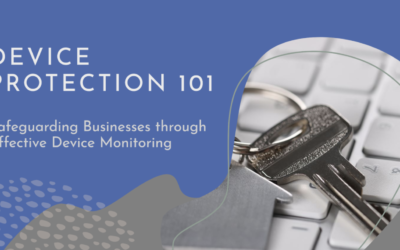From Challenge to Success: Navigating Identity Lifecycle Management for Tech Companies
As the digital footprint of businesses diversifies, Identity Lifecycle Management (ILM) plays a crucial role in enhancing security, ensuring compliance, and improving operational efficiency. Read about the challenges and keys to success for tech companies implementing ILM.



